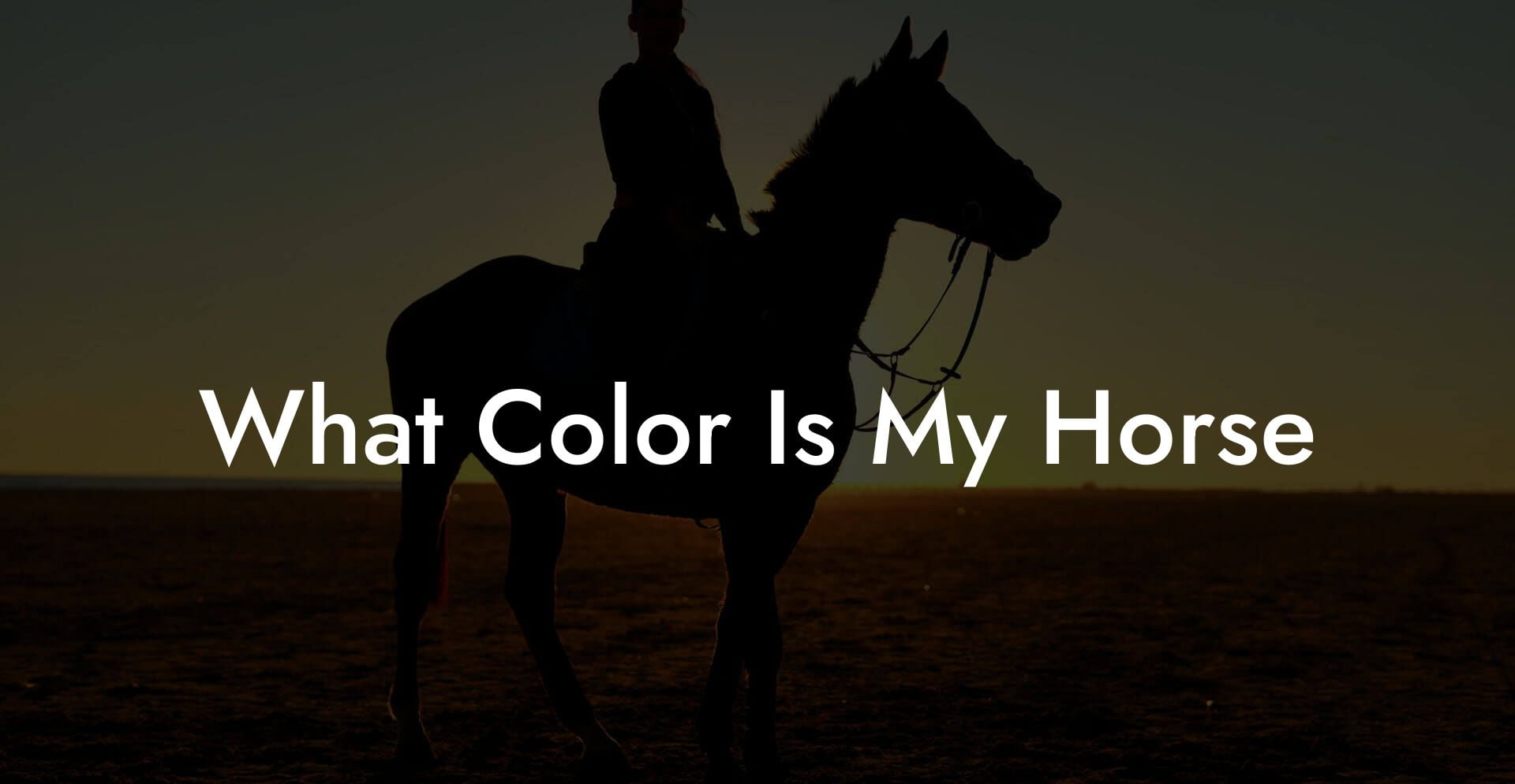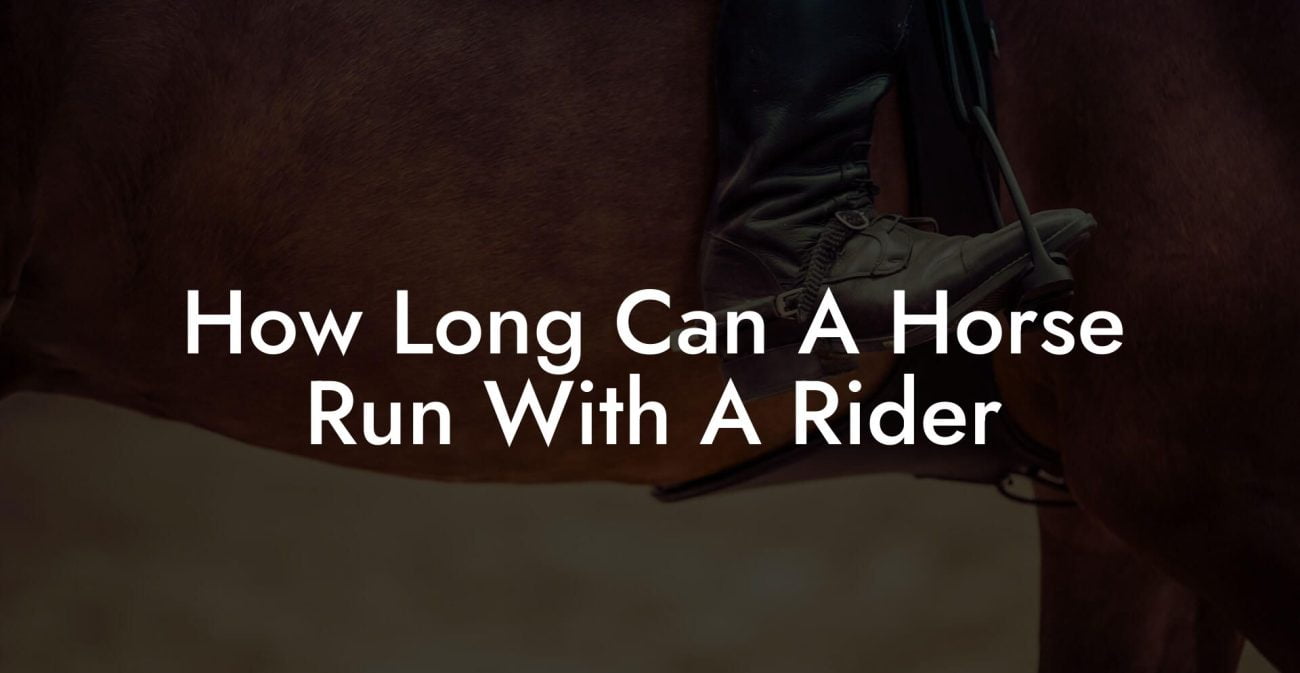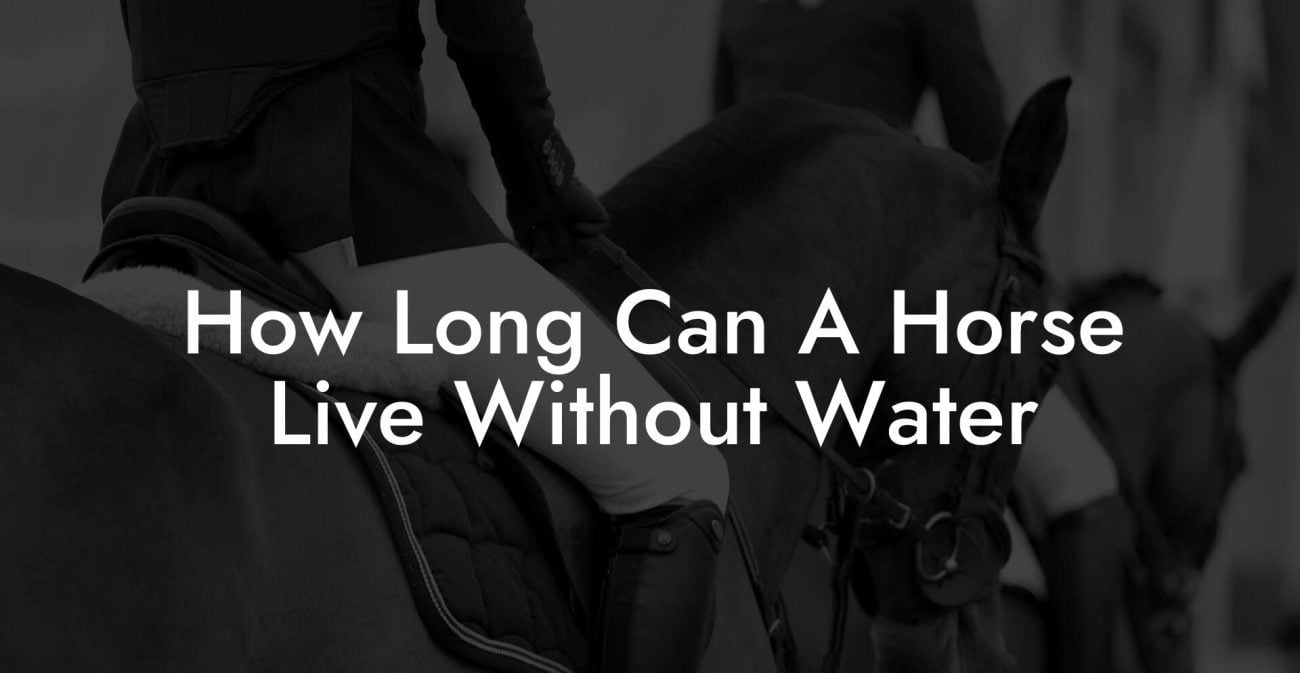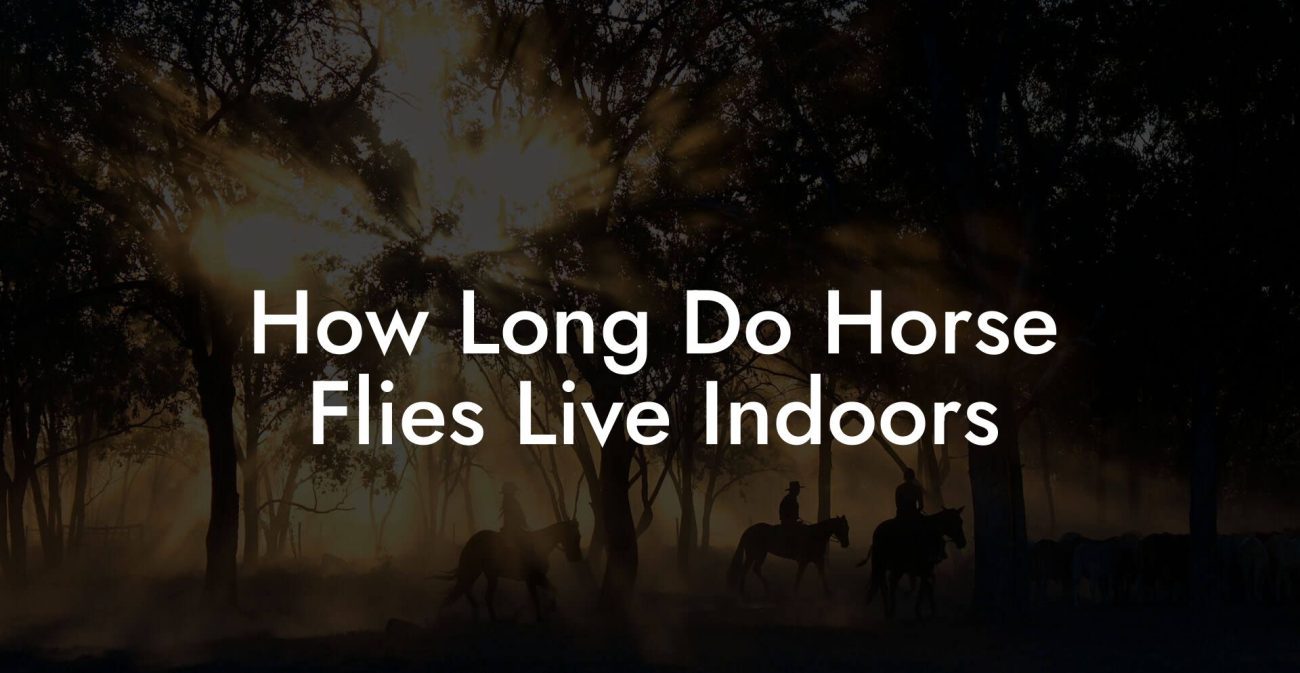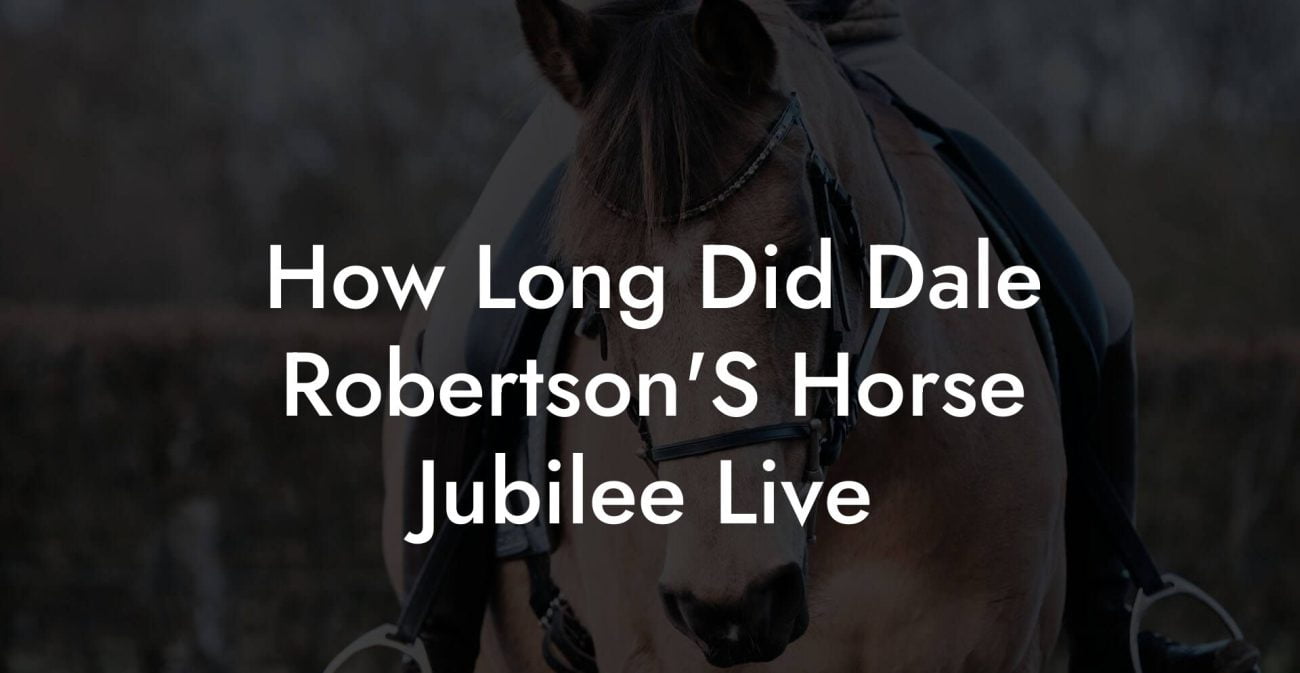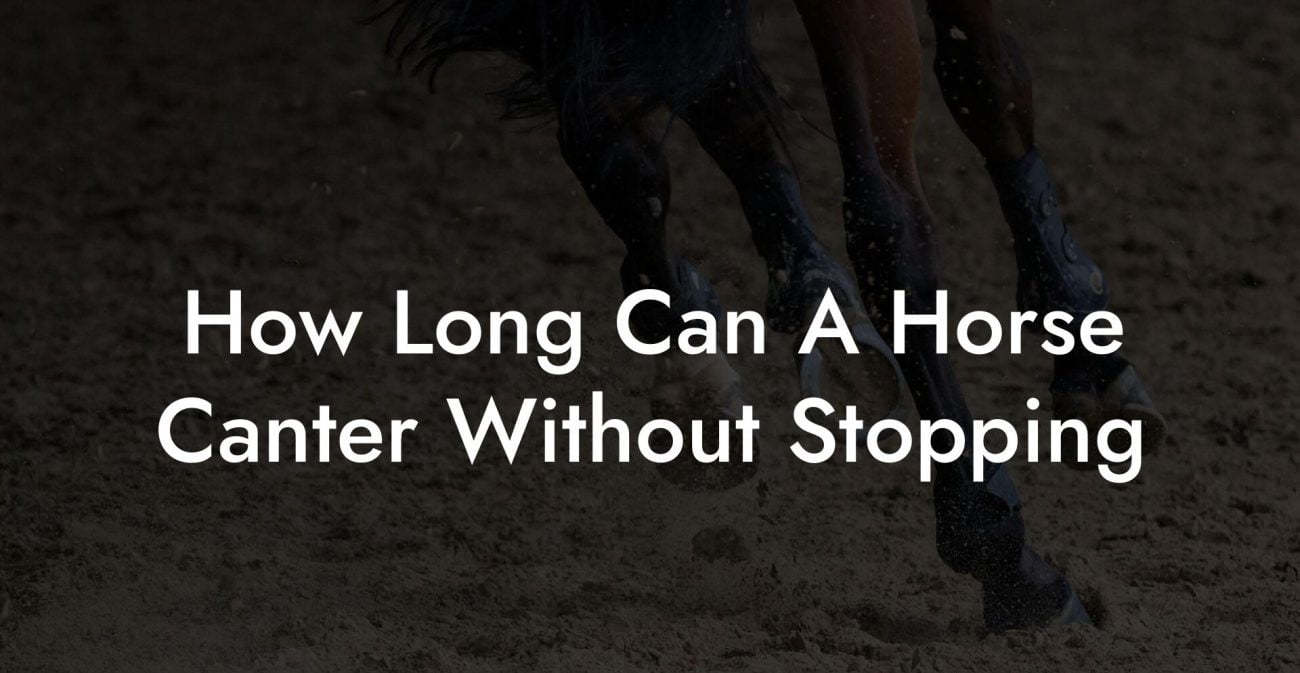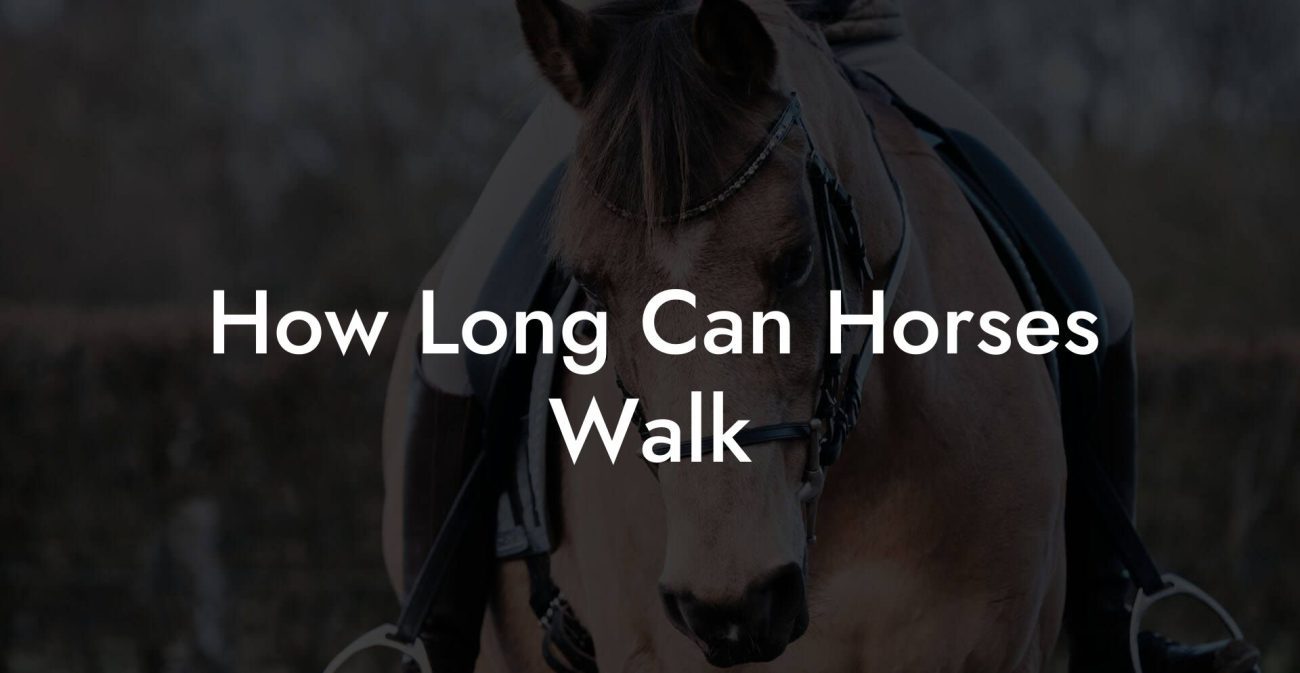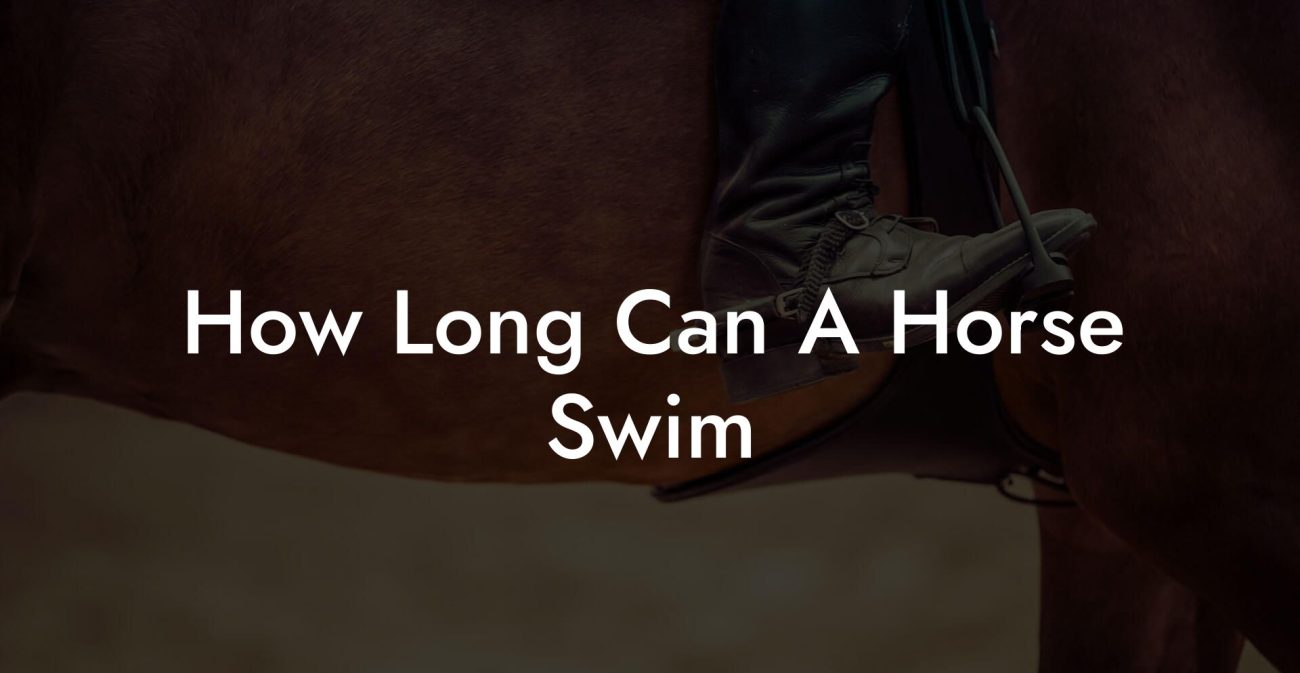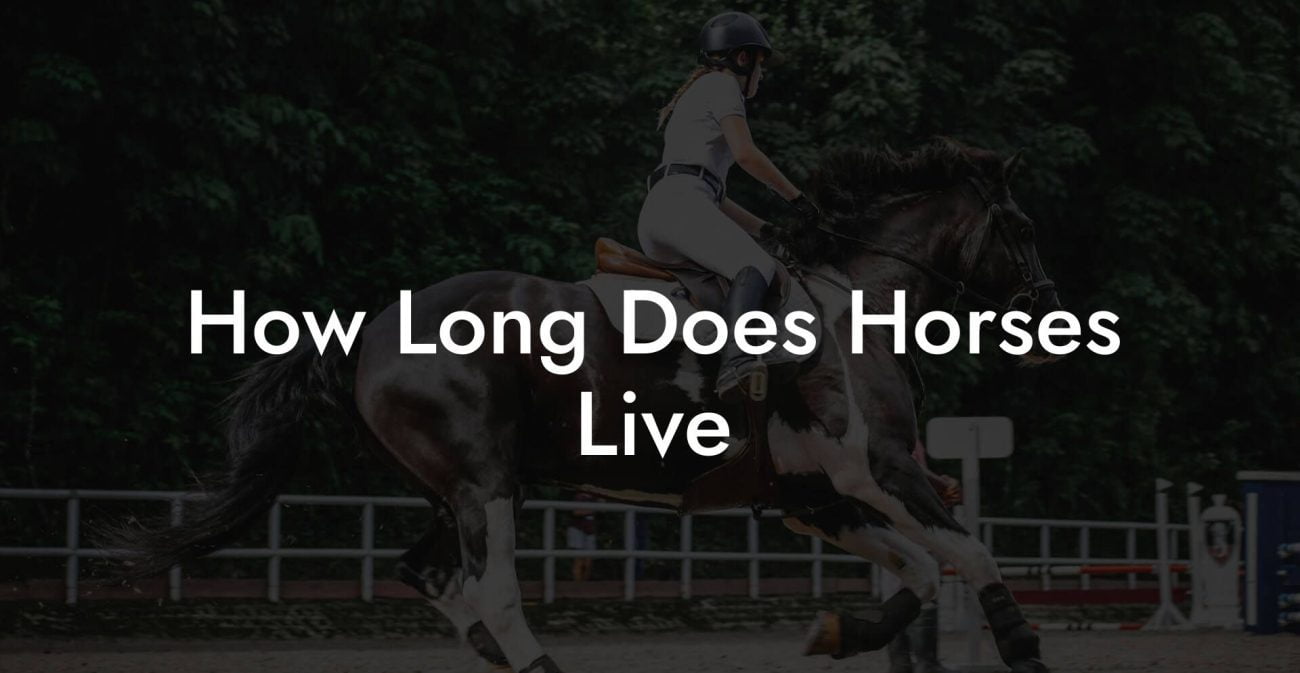Ever taken a stroll through a sun-dappled stable and wondered, “What color is my horse?” It might sound like a riddle, but trust us, this isn’t just about hues or shades. It’s a deep dive into the art and science of horse care, where the color of your four-legged friend might hint at their health, personality, and even the best way to pamper them. Whether you’re a seasoned equestrian or a Gen-Z dreamer just starting to connect with horses, this guide will turn the spotlight on every vibrant aspect of equine care.
Quick Links to Useful Sections
- Decoding Your Horse’s Coat: The Colors and What They Mean
- Essential Horse Care: The Must-Know Tips for Modern Equestrians
- The Rainbow Within: How Coat Color Tells a Tale
- Modern Horse Care Hacks: Bridging Tradition and Trend
- DIY Grooming and Care Tools: Unleash Your Inner Equine Stylist
- Understanding Your Horse’s Environment and Overall Health
- Breed and Color Variations: Tailoring Care to the Individual
- Resources and Community Support: Your Next Steps
- Embracing Holistic Equine Wellness: A Comprehensive Plan
- Frequently Asked Questions: Equine Care Uncovered
- Your Journey to a Colorful, Caring Connection
Decoding Your Horse’s Coat: The Colors and What They Mean
When you look at your horse, you see more than just a beautiful creature, you see a living canvas, painted with patterns that tell stories of heritage, care, and a bit of whimsy. From deep chestnuts to dazzling palominos, coat colors are not just a treat for the eyes. They serve as a window into genetics, health, and sometimes even a horse’s mood. In this section, we’ll explore the rainbow of horse coat colors and how these colors can guide you in understanding your horse’s unique personality and care needs.
Many horse enthusiasts have noticed that certain coat colors have traditionally been linked to distinctive traits. For example, the elegant gray is often associated with wisdom and grace, while the bold bay can signify fiery energy. But don’t let these age-old beliefs fool you, modern science shows that while genetics play a huge role, daily care, nutrition, and a well-balanced lifestyle can also influence a horse’s coat quality and appearance.
In the world of horse care, the color of your horse can sometimes be an early indicator of their overall condition. Dull or lackluster coats might point to nutritional gaps, underlying health issues, or even environmental stress factors. So, if your horse’s coat seems off, it might be time to review their diet, grooming routine, or even the quality of the stable environment.
Whether your horse is sporting a rare roan or a classic pinto, remember that every color has a story. And by understanding these nuances, you’re one step closer to offering your horse a life full of vibrant health and joy.
Essential Horse Care: The Must-Know Tips for Modern Equestrians
Horse care isn’t just about feeding and grooming, it’s an intricate blend of love, science, and a pinch of creativity. For the Gen-Z and millennial equestrians reading this, caring for a horse is as much about self-expression as it is about ensuring health and performance. Get ready to dive into a treasure trove of tips that cover everything from feeding and exercise to grooming and health checkups.
First things first: nutrition. A horse’s diet is the foundation of their health, and just like you wouldn’t subsist on instant noodles alone, your horse needs a balanced diet rich in quality hay, grains, and fresh water. Modern horse owners are leaning into natural supplements and organic feed options that not only boost energy but also enhance the natural luster of your horse’s coat. The secret is to maintain a diet that’s as nuanced as a kaleidoscope, vibrant and varied!
Grooming goes beyond the occasional brush; it’s a ritual that fosters a deeper connection between you and your horse. Gen-Z riders, with their love for DIY and customization, often experiment with different grooming techniques and tools, from eco-friendly brushes to high-tech infrared grooming lamps. Regular grooming not only keeps the coat clean and shining but also allows you to check for any signs of injury or discomfort.
Equine exercise is another vital component. Just like we hit the gym to destress, horses need their daily dose of movement. Whether jogging around the paddock, trotting through a scenic trail, or engaging in more structured training sessions, regular exercise promotes physical fitness and mental wellness. These sessions also offer an excellent opportunity to review your horse’s overall movement and tackle any lameness issues before they become serious.
Don’t overlook the importance of regular vet check-ups and dental care. Regular health assessments ensure that any potential issues are caught early, be it digestive problems, joint stress, or even just a slight imbalance in their musculoskeletal system. A holistic approach to equine health means integrating traditional veterinary care with modern, integrative practices, making sure your horse gets the best of both worlds.
The Rainbow Within: How Coat Color Tells a Tale
Your horse’s coat isn’t just about aesthetics, it offers a glimpse into their history. Genetics, environment, and overall health all converge to produce a coat that’s as unique as a fingerprint. In this section, let’s uncover the hidden meanings behind these stunning shades and what they mean for your horse’s care.
For starters, genetics determine the basic palette. From the rich blacks of Friesians to the sun-kissed hues of the Andalusian, each breed tends to favor certain color ranges. But environmental factors, like diet, climate, and even stress levels, also play a role in how vibrant or muted that color appears day to day.
Have you ever noticed that some horses seem to “change” color as they age? A young horse might be a dark bay, only to lighten into a graceful gray over time. While some of this is predetermined, factors like fresh pasture, quality feed, and regular grooming can accentuate these changes, making the transformation a beautiful journey of care and attention.
In addition, a healthy coat is characterized by a glossy sheen and a uniform texture. Dull or patchy areas could indicate nutritional deficits or dermatological issues. By paying attention to these subtle cues, you can tailor your care routine to address these issues proactively.
Integrating modern diagnostic tools, such as high-resolution photography apps and even AI-powered coat analysis, can provide a snapshot of your horse’s dermal health over time. These innovative solutions are especially appealing to tech-savvy millennials and Gen-Z horse enthusiasts, merging traditional care with modern technology.
Modern Horse Care Hacks: Bridging Tradition and Trend
If you’re on the lookout for ways to keep your horse not just alive, but absolutely thriving, you’re in the right place. Modern horse care is about blending the timeless wisdom of traditional practices with fresh, digital-forward techniques. This is where technology, sustainability, and a dash of humor meet in the world of equine care.
One of the coolest trends is the rise of smart stable technology. Imagine stables equipped with sensors that monitor temperature, humidity, and even the horse’s activity levels in real-time. These digital solutions help you adjust the environment to keep your horse comfortable and healthy. Plus, for the savvy millennial, nothing beats the convenience of tracking health metrics on your smartphone.
Sustainability is another buzzword in modern horse care. Eco-friendly grooming products, biodegradable bedding, and organic feed are not just good for the planet, they’re great for your horse’s health, too. When you align your stable practices with green initiatives, every brush stroke becomes a conscious act of care for your horse and the environment.
Social media has also redefined horse care. Follow hashtags like #HorseLife, #EquineWellness, and #StableVibes for the latest tips, DIY grooming hacks, and innovative care routines shared by equine influencers across the globe. These platforms create vibrant communities where tips are swapped, advice is freely given, and every post is a celebration of equine beauty.
And let’s not forget about the creative side of horse care. Customizing tack, designing unique grooming routines, or even integrating art into your stable décor not only enhance your horse’s quality of life but also foster a sense of individuality. It’s all about making care routines that resonate with your own style while also addressing the practical needs of your equine friend.
DIY Grooming and Care Tools: Unleash Your Inner Equine Stylist
Gone are the days when grooming a horse was a mundane chore. Today’s DIY enthusiasts are reinventing the way we care for our equine companions, blending creativity with practicality to create grooming tools and routines that are both effective and fun. This section is your go-to guide for all the DIY hacks that will make grooming your horse a delightful experience.
Starting with the basics, every horse owner should have a good set of brushes. But why settle for the ordinary when you can upgrade your kit with eco-friendly, handcrafted brushes that not only feel great in your hand but also deliver a stellar grooming session? Experiment with different textures, soft for sensitive areas and firm for tackling stubborn tangles.
Next on the list is home-made mane and tail conditioners. Forget about the chemical-laden products; opt for natural ingredients like aloe vera, coconut oil, and a dash of essential oils to create a conditioner that nourishes and shines. Not only will your horse’s mane look Instagram-ready, but you’ll also have the satisfaction of knowing you crafted it yourself.
For those tech-forward riders, consider integrating smart grooming tools. High-tech grooming gloves with built-in sensors, for instance, can help monitor the health of your horse’s coat and skin. These devices make it easier than ever to spot early signs of skin irritations or dryness, ensuring your horse always looks and feels its best.
And remember, the DIY spirit is all about experimentation. Perhaps you’ll create a custom stable cleaning solution or set up a mini spa day complete with aromatherapy, calming music, and a gentle massage routine. Every little tweak not only enhances your horse’s care routine but also deepens the bond between you and your equine partner.
Understanding Your Horse’s Environment and Overall Health
While it’s easy to get lost in the details of coat colors and grooming routines, the environment in which your horse lives plays an equally critical role in their overall welfare. Think of your horse’s stable as their personal HQ, a place where every detail, from lighting to bedding, can impact their physical and mental health.
Temperature control is a top priority. Horses are sensitive creatures, and extreme temperatures can influence their health and coat condition. Investing in proper ventilation, insulation, or even smart temperature regulation systems can make a big difference. This is especially important during seasonal changes when your horse’s body temperature might be more susceptible to fluctuation.
Cleanliness in the stable is next on the list. Regularly cleaning out old bedding, ensuring proper manure management, and maintaining a dust-free environment are critical in preventing respiratory issues and skin irritations. A well-maintained stable is not just about aesthetics, it’s about creating a healthy space where your horse can thrive.
Exercise and mental stimulation are essential as well. Horses are naturally active and intelligent animals. Providing ample space for exercise, interactive toys, and even structured training sessions can boost their overall well-being. A happy, active horse tends to have a glossier coat and a more robust immune system.
In addition to physical health, mental and emotional well-being are equally important. A horse that feels secure and content in their environment will reflect that in their posture, movement, and even their coat. Consider integrating calming elements, like quiet corners with soft music or natural scents, to create a soothing atmosphere.
Breed and Color Variations: Tailoring Care to the Individual
No two horses are exactly alike, and their breed and color variations play a significant role in how they should be cared for. Whether it’s the sleek lines of an Arabian, the sturdy build of a Quarter Horse, or the unique patterns of a Paint, each breed comes with its own set of needs. Here’s how to tailor your routine:
Arabians and Thoroughbreds: These breeds often boast a lustrous, shiny coat when fed the right diet and given proper grooming care. They’re known for their athletic ability, so ensuring they have plenty of exercise and a diet rich in high-quality protein can keep them in top shape.
Draft Horses: With their robust size and calmer demeanor, draft horses may not be as fast on their feet but demand a lot of bulk nutrition. Their coat might appear heavier, so consistent grooming, along with a balanced diet, is essential to prevent skin problems.
Warmbloods and Sport Horses: These horses are always in the spotlight at events. A well-maintained coat is not only a sign of good health but also adds to their aesthetic appeal. Regular de-matting sessions and special care when transitioning through different seasons can make all the difference.
Each breed has its backstory and its own care blueprint. By recognizing these subtle differences, you can tweak your horse care habits to align perfectly with your horse’s natural tendencies and needs. Whether your horse is a stunning pinto or a mysterious roan, understanding these traits enables you to provide a truly customized care experience.
Resources and Community Support: Your Next Steps
Even the most enthusiastic equestrians sometimes need a helping hand or a friendly ear. Today’s digital age makes it easier than ever to connect with communities, experts, and resources that can elevate your horse care game.
Online forums, social media groups, and video tutorials are overflowing with innovative ideas and real-life experiences from horse lovers around the world. Whether you’re troubleshooting a health challenge, debating the merits of organic feed, or simply looking to swap grooming tips, community support is just a click away.
Consider joining equine organizations or local clubs where workshops and meetups offer hands-on experiences and professional guidance. These platforms not only build your network but also infuse your journey with new insights and creative solutions. Embrace the power of shared knowledge and let the collective expertise guide you in making informed choices about every aspect of your horse’s care.
Remember, horse care is a continuous journey of learning and evolving. With every new tip, every innovative tool, and every shared success story, you’re contributing to a vibrant community that believes in the magic of connection, between humans and horses alike.
Embracing Holistic Equine Wellness: A Comprehensive Plan
Just like any health regimen, achieving a state of holistic wellness for your horse requires a personalized plan that considers every aspect of their life. From nutrition and exercise to mindfulness and environmental care, the key is to create a balanced routine that evolves with your horse’s needs.
Start by scheduling a comprehensive assessment with a trusted equine veterinarian to map out your horse’s health baseline. Use these insights to set measurable goals, like improving coat shine, increasing stamina, and enhancing overall well-being. Tailor your daily routine to include regular exercise, mindful grooming sessions, and a curated diet loaded with essential nutrients.
Don’t be afraid to mix traditional practices with modern technology. Digital apps that monitor your horse’s activity, smart stable systems, and even wearable trackers can provide a data-driven approach, ensuring your care plan is both proactive and adaptive. Regular reviews of your strategy, supported by feedback from experts and online communities, will ensure that your holistic equine wellness plan remains dynamic and effective.
As you transition into this comprehensive care model, keep your approach imaginative. Experiment with new ideas like themed grooming sessions, seasonal nutrition plans, and even equine yoga, yes, it sounds wild, but some riders are exploring creative ways to integrate relaxation techniques with daily exercise.
Ultimately, the path to holistic equine wellness is as colorful and unique as your horse’s coat. It’s a blend of routine, innovation, and heartfelt connection that transforms the simple act of care into an art form, one that celebrates the vibrancy and resilience of your horse.
Frequently Asked Questions: Equine Care Uncovered
Navigating the world of horse care can seem daunting, so we’ve compiled answers to some of the most common questions from equine enthusiasts like you.
1. How can I tell if my horse’s coat is healthy?
A healthy coat is typically shiny, uniform, and free from patchy areas or dull spots. Regular grooming and a balanced diet play a significant role in maintaining this healthy sheen, along with a stress-free living environment.
2. What are some eco-friendly grooming tips for everyday horse care?
Explore natural, homemade solutions like aloe vera and coconut oil conditioners, use biodegradable brushes, and incorporate regular grooming sessions to keep your horse’s coat looking vibrant.
3. Are there digital tools that can help monitor my horse’s health?
Absolutely. Today’s smart stable systems and wearable trackers offer real-time data on temperature, activity, and other important metrics, making it easier to adapt your care routine as needed.
4. What should I feed my horse to enhance coat quality?
A diet rich in quality forage, balanced grains, and natural supplements like omega-3 fatty acids can work wonders for your horse’s coat. Always consult your veterinarian for personalized dietary advice.
5. How often should I schedule veterinary checkups?
Regular checkups, at least bi-annually, are recommended to catch any potential health issues early and to ensure that your horse is thriving overall.
6. Can a horse’s coat color change with care?
Yes! While genetics play a major role, improvements in nutrition, stress management, and overall care can enhance or even subtly alter the appearance of your horse’s coat over time.
7. What are some common signs of poor equine health?
Look for indicators such as dull or patchy coats, weight fluctuations, lethargy, and changes in behavior. Prompt veterinary consultation is key if you notice any worrying signs.
8. How can I incorporate technology into my horse care routine?
Consider using smart stable technologies, mobile apps for tracking nutrition and activity, and social media platforms to connect with fellow enthusiasts and share insights.
Your Journey to a Colorful, Caring Connection
Embracing the full spectrum of horse care is like painting a masterpiece with your equine companion as the muse. Every brushstroke, from nutritional tweaks to high-tech stable upgrades, contributes to a picture of robust health, brilliant coat shine, and an unbreakable bond built on trust and care.
Remember, “What Color Is My Horse” isn’t just a question about appearance, it’s a call to look deeper and appreciate the myriad signals your horse sends through their vibrant coat and daily behavior. Each moment spent in thoughtful care, every innovative hack and proven technique, adds up to a life where your horse isn’t just surviving, but truly thriving.
With the blend of traditional wisdom and modern innovation, you’re equipped to navigate the world of equine care with confidence. So go ahead, embrace the journey, experiment with new ideas, and celebrate each colorful milestone along the way. Here’s to creating a partnership that’s as dynamic and multifaceted as the colors on your horse’s coat.
Your adventure in horse care starts now. Dive in, explore new trends, and let your passion for equine wellness paint a vibrant future. Every new discovery, every shared tip, and every moment of connection brings you closer to a life full of color, vitality, and joy. Embrace the journey and let your horse’s true colors shine!

